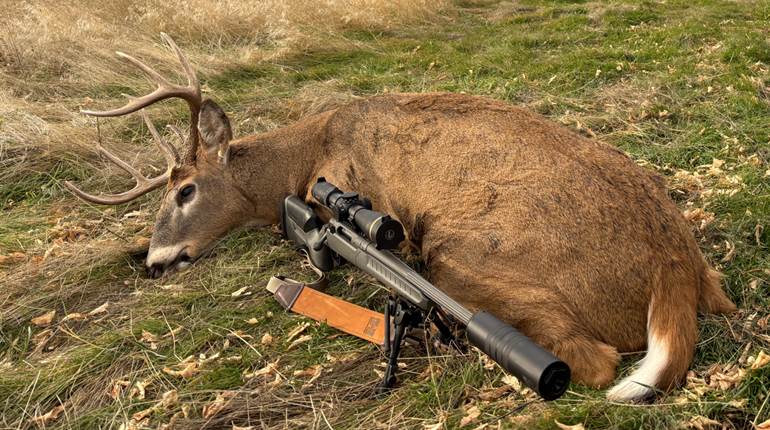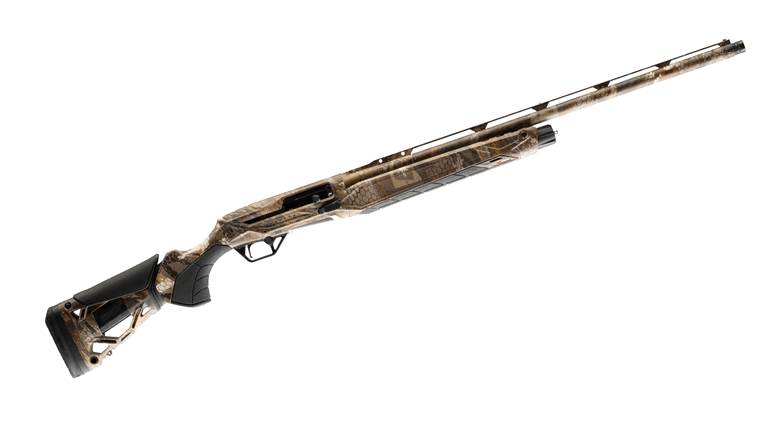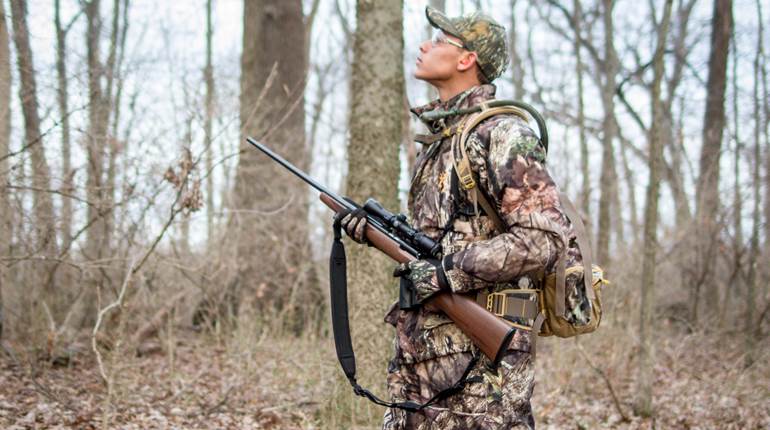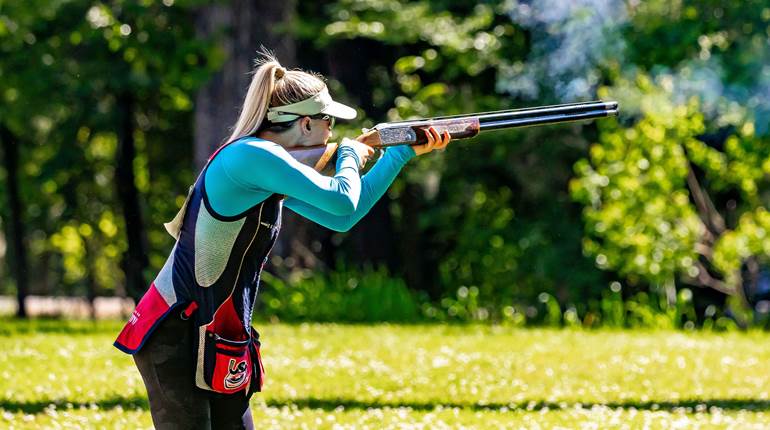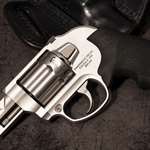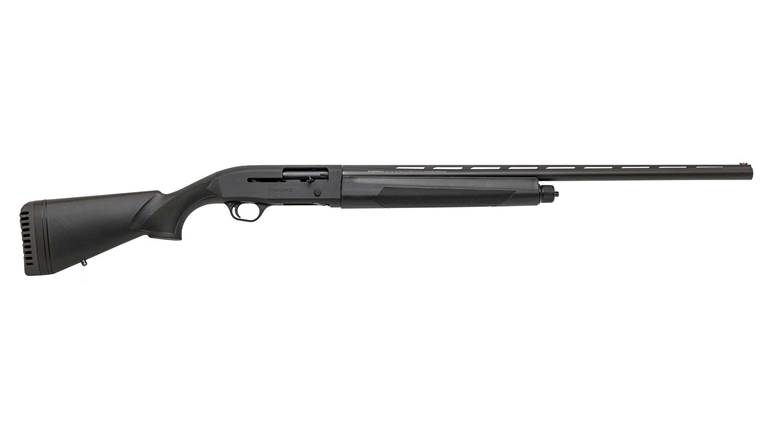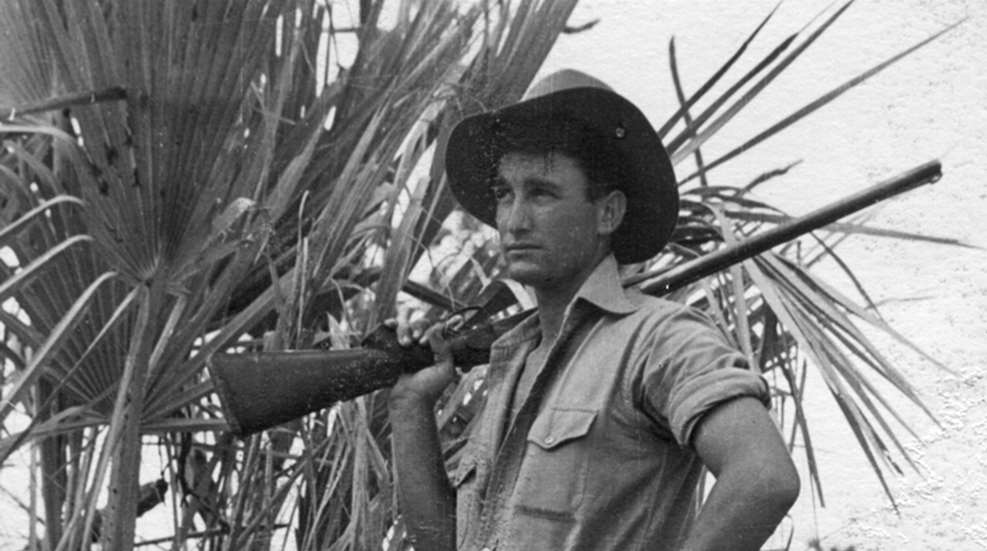
John Henry (Harry) Selby, 92, died peacefully on January 20, 2018 at his home in Maun, Botswana, following a year of declining health. Harry was born on July 22, 1925, in Frankfort, South Africa, the youngest of six children born to Arthur and Evelyn Selby. When he was 3, his family moved to a sprawling cattle ranch in Kenya, rich with game. Growing up in the constant presence of game, Harry learned to stalk and shoot at an early age, hunting small game at the age of 8 and progressing to larger game, taking his first elephant at 14.
In 1945, Selby received his first professional hunter’s license, having completed an apprenticeship under Philip Percival, dean of the East African professional hunters, who guided Theodore Roosevelt in 1909 and, later, led Ernest Hemingway on his "Green Hills of Africa" safari.
Harry became a master at running an efficient and comfortable safari camp, taking many notable clients on safari, including writer Robert Ruark, who, beginning with "Horn of the Hunter," wrote several books about Africa based on Harry’s life experiences. In a Reader’s Digest article from August 1954 entitled “The Most Unforgettable Character I’ve Met,” Ruark introduced the young professional hunter to the readers: “Harry Selby … is the most man I ever met … .”
Harry’s reputation was well established by the age of 25, and a steady stream of safari clientele had to book five years in advance in order to hunt with him. Some of Harry’s clients included Prince Bernhard of the Netherlands, oil-family scion John Mecom, Jr., baseball executive Walter O’Malley, opera singer Lauritz Melchior, the maharajah of Jaipur, Prince Stanislaw Radziwill of Poland and Miguel Alemán Valdés, a former president of Mexico.
In 1963, Harry moved to Botswana to explore new hunting grounds and establish a thriving safari industry there. In 2009, Harry Selby, one of the most revered names in big game hunting, was awarded the Presidential Certificate of Honor in recognition of his long and faithful service to Botswana.
I first met Harry back in December 1972 when he flew up to Kenya from Botswana to finalize some end-of-season safari business at Ker, Downey & Selby Safaris headquarters in Nairobi. I remember it like it was yesterday. My brief but fateful meeting with Harry set the wheels in motion for me to begin my professional hunter’s apprenticeship several months later in Botswana. I was so awestruck by the legendary Selby that, in my mind, working under him would be the equivalent of a garage band opening for the Rolling Stones.
Among Harry’s many talents, he took great pride in his gunsmithing abilities and was considered something of a “gun nut,” a label he embraced. He was interested and knowledgeable in every aspect of firearms, ammunition and ballistics—all crucial elements to his trade. In many cases, it was his gun-handling expertise that kept his clients, trackers and him safe and injury free while pursuing dangerous game, often at close quarters in thick bush.
Like many of his contemporaries, Harry began his safari career using a double rifle, and Harry’s was a Rigby double chambered for the .470 Nitro Express. At the end of a safari in 1949, Harry’s Rigby .470 was damaged beyond repair when a vehicle rode over the barrels. He needed to buy another heavy rifle before the next safari began. Time was short and he couldn’t find a suitable double rifle anywhere in Nairobi. He eventually located a Rigby bolt-action rifle in .416 Rigby at the Nairobi gun dealer May & Co. The rifle was virtually brand new, having been ordered by someone who didn’t take delivery of it. Harry bought the .416 Rigby rifle on the spot for 100 pounds.
After two safaris with the Rigby bolt-gun, Harry said he would not have gone back to a double rifle under any circumstances. He found the bolt-action Rigby to be inherently accurate from the very first shot, and the phenomenal penetration was to become evident as time went by.
In the .416 Rigby, Harry found the perfect professional hunter’s rifle—a beautifully balanced, fast-handling rifle pushing a 400-gr. bullet fast enough to reach out to 300 or more yards to bring down a wounded animal. And yet it could perform with devastating effect on large dangerous game at close range. He also appreciated the four-round magazine and on several occasions was glad that those four rounds were ready and waiting. So began a lifelong love affair between Harry, the .416 caliber and the Rigby rifle.
Even Harry’s Wakamba gunbearers developed great faith in Harry’s .416, which they called the “Skitini,” having trouble pronouncing .416. They were convinced that the rifle did most of the shooting by itself and that Harry merely pointed it in the general direction. They regarded Harry’s Rigby rifle as the one thing that stood between themselves and a messy follow up.
When Harry moved to Botswana, he shipped all of his firearms to his new home in Maun, which included an impressive array of both big- and small-bore rifles and shotguns. During the next 40 years of conducting safaris in Botswana, among the many firearms he owned, the two guns that Harry never left home without were his .416 Rigby and a .22 Colt Woodsman pistol. Both of those guns now reside in the U.S., the .416 is with a long-time client and very good friend of Harry’s and I’m honored to possess his Colt Woodsman, which Harry presented to me in 2016 as a token of our longstanding friendship.
Harry Selby was my mentor, boss, confidant and friend. He handed me the opportunity to live an absolutely incredible way of life. Over the years, I was very fortunate to have shared many a campfire with Harry while on safari together. As recently as August 2017, I visited Harry at his home overlooking the Thamalakane River. I remember the sparkle in his eye as he gazed out at the gentle flow of the river and reminisced about the good old days on safari. He was very pleased to have experienced them when he did, enjoying an illustrious and eventful career spanning more than five decades. He experienced the best of Africa at the best of times and with the very best people.
Harry is survived by Miki, his wife of 65 years, and his daughter, Gail, who both live in Maun, and three grandchildren that include Reginah, Serena and Michael. His son, Mark, passed away in 2017.
Additional Reading:
The Kwaheri Safari—Part 1
The Kwaheri Safari—Part 2
A Very Special Colt Woodsman
Rigby Big Game Rifle
Harry Selby On ...
Harry Selby's Rifles













